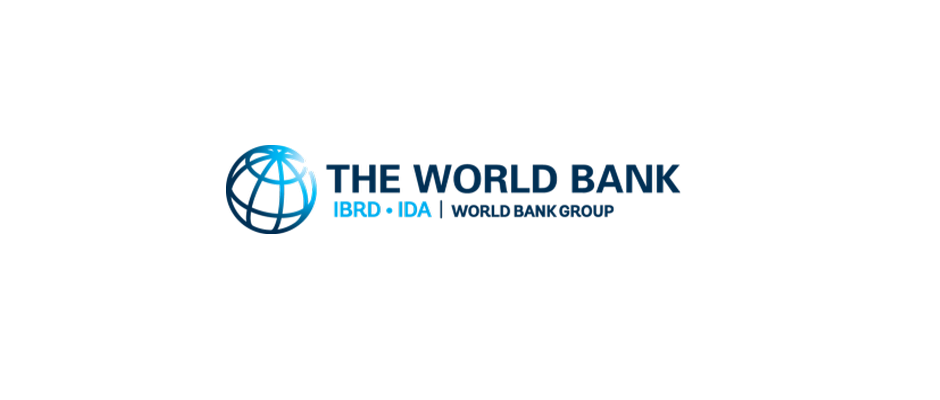
One of the key questions regarding institutional quality in a decentralized system is whether it serves the purpose of providing better public services and improving public welfare that also includes alleviating poverty. Among others, institutional quality is measured through the efficiency of subnational expenditures that should have direct interlinkages with economic development and poverty reduction. To support poverty reduction, subnational governments typically allocate their budget for social and work assistance programs. However, this is not a permanent solution to tackle the structural issues of poverty. Fiscal decentralization provides an opportunity for larger contributions from subnational governments to overcome the structural issues of poverty. A more systematic poverty reduction program is through the development of infrastructures that will improve basic public services, job creation and access to finance.
A recent study by Darius Tirtosuharto aims to fill the gap on the methodology used to measure the role of institutions in supporting poverty reduction. The study utilizes the relative efficiency of fiscal expenditures as the proxy for institutional quality of 30 subnational governments in Indonesia. Data envelopment analysis (DEA) is used to generate the relative efficiency score of subnational spending in achieving economic development parameters In addition, the study also identifies the role of capital spending and geographical differences in reducing poverty in the Indonesian regions.
The results of the empirical investigation suggest that fiscal efficiency supports poverty reduction and the impact varies in the three main regions of Indonesia. The magnitude of impact from fiscal efficiency on poverty reduction is significantly higher after global financial crisis 2008, in which every 0.1 point increase in the fiscal efficiency score will reduce poverty rate by 0.25 percent. To some extent, this finding indicates the effectiveness of the National and Regional Team for the Acceleration of Poverty Reduction in supporting higher efficiency of subnational spending in fighting poverty since its enactment in early 2010. As part of the country’s institutional transformation in fighting poverty, this taskforce has supported various stages in the planning, implementation and monitoring of poverty reduction program in the Indonesian regions.
The expansion of fiscal decentralization that allows higher capital and current expenditures also supports poverty reduction, although the impact of capital expenditure is more dominant and tends to be associated with the impact of fiscal efficiency. Despite a declining trend of capital expenditure during the 16 years of observation on this study, the effectiveness of capital spending in reducing poverty may be influenced by the type of capital projects that support economic development. Others than investments on water and sanitation infrastructure that are deemed necessary to improve quality of life and welfare of the poor, capital investments on agricultural infrastructure are also critical to reduce poverty in the rural area.
From the empirical exercise, managing inflation is also found significantly important in poverty reduction. This is particularly due to the direct impact of prices of basic goods and services to the poor. While, increasing regional minimum wages to catch up with rising minimum living costs may not be quite effective in reducing poverty rates. This is particularly the case when the level of education and skills of people in poverty have not been upgraded to meet the minimum job criteria that pays higher minimum wages.
A separate estimation of panel GMM regression confirms that geographical differences matter. In the case of Indonesia’s regions, differences in the economic structures, infrastructure conditions and institutional capacity affect the extent fiscal efficiency and minimum living costs on reducing poverty in the respective region. The significant impact of fiscal efficiency on reducing poverty is observed in the more developed western regions (Java and Sumatera regions). While, the inconclusive impact of fiscal efficiency on poverty in the lagging Eastern region may be due to relatively lower capacity of the subnational governments in budget planning and monitoring.
These findings support the formulation of policies that provide incentives and capacity building for further improvement in subnational fiscal efficiency. This is considered critical in the midst of subnational budget constraints and long term fiscal sustainability concerns. One of the key lessons learned from this study is the importance to set up a proper institutional system and infrastructure in fighting poverty. It is a common case in many developing countries, where inefficient public spending fails to fulfill the goal of improving public welfare and reducing poverty rates. This is also the reason of why the expansion of subnational fiscal capacity as reflected by the degree of fiscal decentralization is a double-edged sword since it may not be accompanied by an increase in fiscal efficiency.
The full study was published in the Journal of Geographical Systems:
Tirtosuharto, Darius. 2021. The impact of fiscal efficiency on poverty reduction in Indonesia: institutional factor and geographical differences. J Geogr Syst (2021). https://doi.org/10.1007/s10109-021-00359-1




